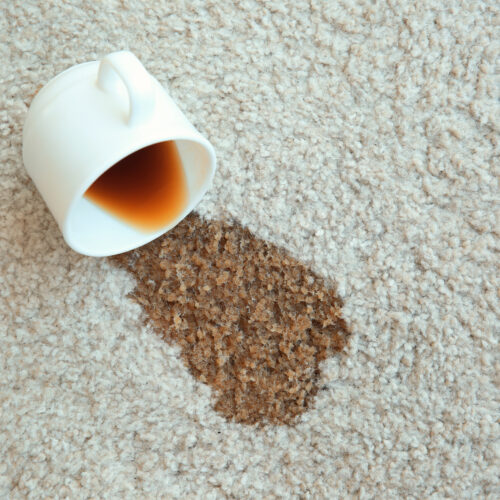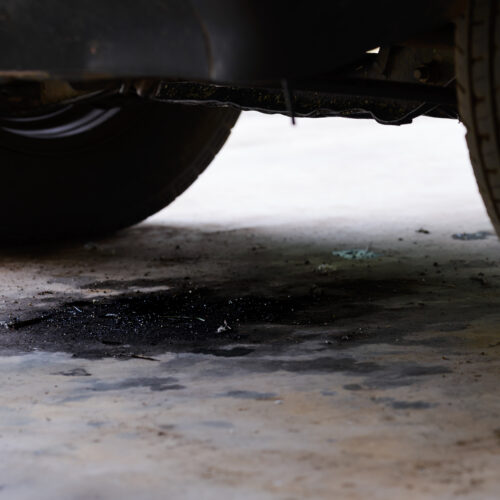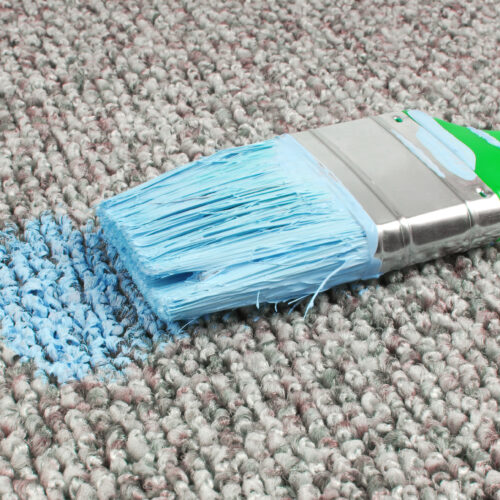October 14th, 2020 | Stone & Tile
Sandstone holds a historic place in Australian construction, seen in landmarks like QVB, Sydney Uni, Barangaroo Foreshore, and the Cove. However, neglect leads to rapid degradation, primarily caused by water infiltration carrying salts, pollutants, and organic matter. This causes pollution trails, weakened structures, unsightly appearances, mold, mildew, and expanded crystallized salts.
Salt attack affects coastal sandstone, as highlighted in George Dodd’s article on “Preserving the history of our precious sandstone buildings”. It triggers oxidization, giving a reddish/orange hue, rough texture, and potential delamination.
Salt attack affects some sandstone much more than others. The first effect seen from salt water ingress, is the oxidization. This is where we see the stone take on a slight reddish/orange tinge. This is actually a form of rust occuring as the salt water comes into contact with minerals in the stone. The next thing we see will be the surface of the stone becoming rough and more porous. This is followed by extreme pitting of the surface and in some cases the entire surface skin delaminating from the stone. Successful protection involves a consolidator and water repellent like Defender CSD50, as explained in Jim Mann’s article on – “The resistance to salt attack test” It fortifies stone against water, mold, and salt attack without altering appearance, providing a permanent shield against harsh cleaning methods.
Extensive testing has proven, that the most successful protection system for Sandstone is a consolidator and water repellent combination. Defender CSD50 is a prime example of this type of product. Defender CSD50 reacts with the stone to harden and densify the surface while also imparting excellent water repellency. Some of the unique advantages provided by this product, is that it does not change the appearance of the stone at all and the protection is permanent. Not only does the sealer protect the stone from water, mould and salt attack, but due to the strengthening effect of the consolidation technology, the stone is also protected from aggressive high-pressure cleaning systems used by councils and cleaning contractors.
The images below, clearly show the difference between Sandstone that has been protected with Defender CSD50 and Sandstone that has been left unprotected. The Sandstone blocks were supplied by Gosford Quarries. One block of each colour stone was treated with Defender CSD50 and the other left untreated. All the blocks were the subject to standard salt-attack tests. Testing requires 14 (12hour) cycles of submersion in salt water solution, followed by drying at 60°C. The experiment that we carried out was approached in this exact manner. following the 14 days, we continued the experiment for a further 120 days. The blocks marked with a 1 Were left untreated. The blocks marked with a 2 were treated with Defender CSD50. The piles marked with a 3, show how much material was lost off the untreated blocks during the course of the salt attack testing.



Removing mould from bathrooms is somewhat easier than other locations. Even though bathrooms and shower areas are prone to mould [...]
Read more
Removing coffee stains from carpet presents a formidable challenge for carpet cleaners due to the presence of dairy oils and [...]
Read more
Oil spots on concrete and natural stone are a common nuisance, often marring the appearance of surfaces and posing safety [...]
Read more
Removing paint from carpet presents a unique challenge for professional cleaners. The approach and products needed depend on factors like [...]
Read more